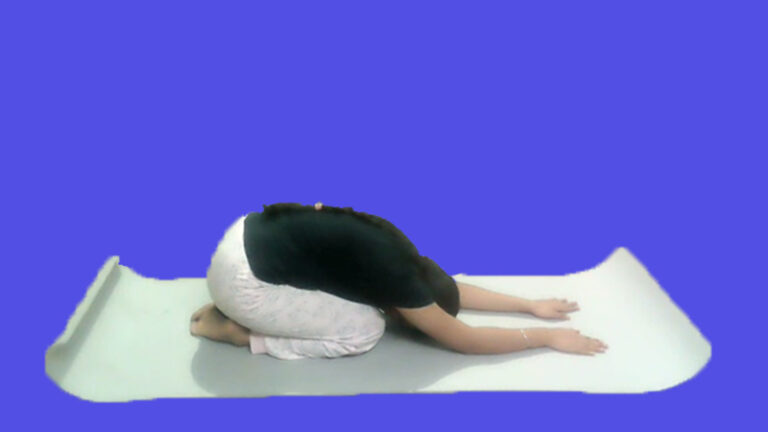Table of Contents
Understanding Role Of Yoga For Students
Role Of Yoga For Students has to be understood from the right perspective. In general, we think that yoga builds the body, improves blood circulation, or increases the supply of oxygen to the lungs. Yes, it does, but this is not the only purpose of yoga. Just to explore it more, and how it can have a broader aspect, we can go through a few examples below.
Asanas and The Child Development
Asanas are certain postures of the body which were discovered by the great rishis and yogis who can be termed as the scientists of their age. Each particular asana stimulates certain glands in the endocrinal system.
Sarvangasana Role In Child Development
Sarvangasana, for example, stimulates the thyroid gland which has a profound effect on the physical, emotional, and mental development of the child. If the gland secretes too little hormone, the child may become sluggish and sleepy because the body’s metabolism slows down. This will further lead to intellectual dullness and mental retardation. If the thyroid gland secretes too much the child will be hyperactive, both physically and mentally, and unable to sit still or relax. So here you understand, what an important role the Sarvangasana can play in the development of a child.
Shashankasana Role In Child Development
Shashankasana, also call The Hare Pose, make a child bend forward in the same way as one prays in the temple. It directly influences the adrenal glands. By regulating the secretion of adrenaline, the child can overcome outbursts of anger, irrational fears, and other types of frustration. Adrenaline affects the degree of tension and relaxation in the body and mind. Some children are so afraid of the dark that in the dead of night they are not able to go to the bathroom alone. These irrational fears can be tackled by the practice of Shashankasana as it influences the secretion of adrenal glands which need to be regulated.
Surya Namaskar, Marjari Asana, Matsyasana, Ustrasana, etc. are other useful asanas that plays an active role in balancing the glandular system, and proper development of a child.
Pranayama and The Child Development
Children, in general, are not able to concentrate. Their minds are like jumping monkeys. Through the practice of pranayama, we can help them integrate the dissipated forces of their personality while they are studying. Pranayama has long been misunderstood as merely breathing exercises. It is actually intended to create a balance between mental and physical forces.
If we talk in yogic terms mental and physical forces are represented by the Ida and Pingala Nadis respectively. When these two Nadis flow at the same time and when the temperature is equal in both, a third Nadi, called Sushumna, begins to flow. It should be understood that when Ida is active, the right side of the brain becomes active. When Pingala is active, the left side of the brain starts operating. When both flows are equal, Sushumna opens and the whole brain is activated.
By the practice of Nadi Shodhan Pranayama, one can awaken Sushumna Nadi in a child. You can awaken his full, creative potential which remains dormant and hidden. In fact, you are actually bringing the participation of the whole brain, not only into his studies but into all spheres of his life. The ability to understand situations, retain black and white images, memorize, interpret and reproduce, are all faculties of the brain. Through the practices of pranayama, one can make the brain work more efficiently.
The children are the future of this country and will play an important part to form our culture tomorrow. We have had our turn, now let us help the children understand the secrets of their own personality and the mysteries of life. Using yoga as a remedy, let us try to soothe the minds of our restless children by bringing more happiness and purpose to their life.

